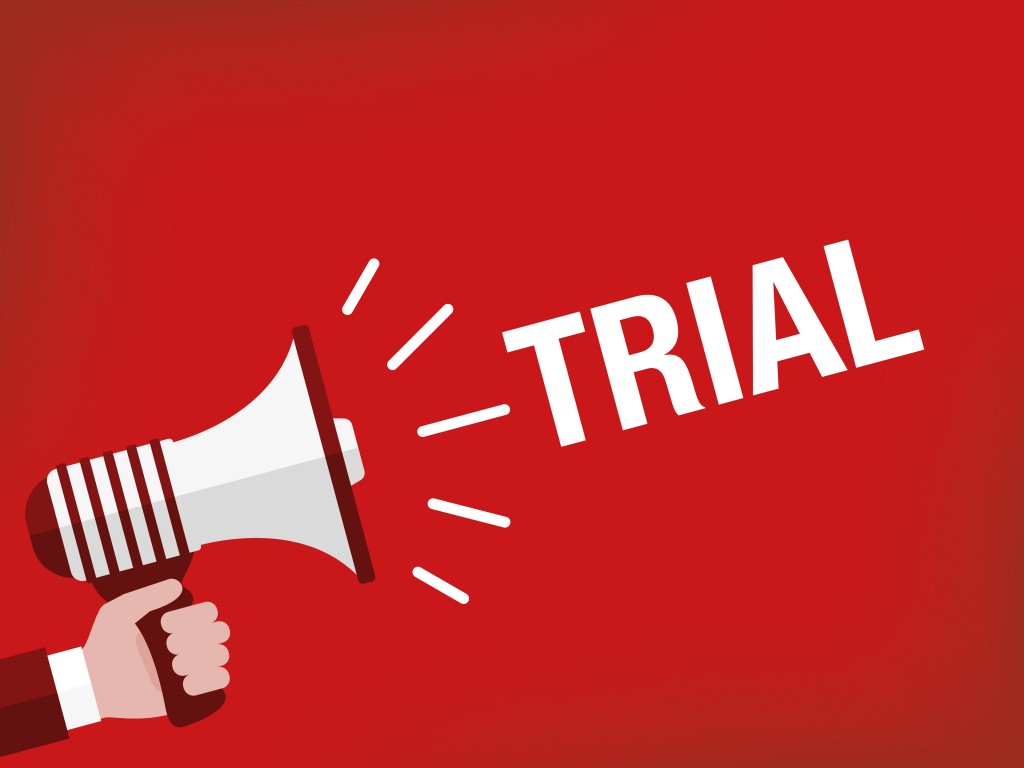KIK-AS Phase 1/2 Trial of GTX-102 Can Resume Enrollment in Canada

Health Canada has given the green light for a Phase 1/2 clinical trial to resume enrollment to test the investigational therapy GTX-102 in children and adolescents with Angelman syndrome in Canada.
This follows an amendment to the trial’s protocol, submitted by GeneTx Biotherapeutics and Ultragenyx Pharmaceutical, the therapy co-developers, after the study was placed on hold due to five patients in the U.S. experiencing serious, but reversible, muscle weakness in their legs and feet after being treated with the highest doses of GTX-102, according to a press release.
Despite this, GTX-102 led to marked improvements in the Clinical Global Impression of Improvement Scale for Angelman Syndrome, a scale that assesses changes in a patient’s condition across domains such as communication, motor skills, behavior, and sleep.
The amendment to the study’s protocol included lowering the treatment’s dosing range and changing its administration route for intrathecal (spinal canal) injection.
The first patient is expected to be enrolled in Canada in the early second half of 2021, with data from some participants expected before the end of the year. The trial’s completion is scheduled for January 2022.
The open-label trial, called KIK-AS (Knockdown of UBE3A-antisense, NCT04259281), is evaluating the safety, tolerability, and preliminary efficacy of multiple doses of GTX-102 in up to 20 people (ages 4 to 17) with Angelman due to a complete deletion of the maternal UBE3A gene. The trial is taking place at different locations across the U.S. and in Canada.
Under the new protocol, 12 patients will enroll in one of two groups, depending on their age: patients 4 to 7 will enroll in group 4, while older patients, 8 to 17, will join group 5.
Patients in group 4 will initially receive 3.3 milligrams (mg) and those in group will receive 5 mg of GTX-102, given as three to four monthly doses which will follow an individual dose-escalation scheme based on response and enhanced safety monitoring. They will then move into a maintenance phase during which GTX-102 will be given every three months. In this phase, each participant may receive up to 14 mg of GTX-102.
The trial’s primary goal is to assess the safety and tolerability of GTX-102. Secondary goals include the therapy’s pharmacokinetics (how a medicine moves throughout the body) and its concentrations in blood and cerebrospinal fluid (the fluid surrounding the brain and spinal cord).
GTX-102 is an antisense oligonucleotide designed to target the molecule that causes Angelman syndrome (UBE3A antisense transcript, or UBE3A-AS) and to prevent it from working. Antisense oligonucleotides are small molecules that can bind to RNA and degrade it or change how it is processed.
By inactivating the UBE3A-AS, GTX-102 is thought to trigger the reactivation of the paternal copy of UBE3A in the brain, as a way to compensate for the lack of a working maternal copy of the gene.






